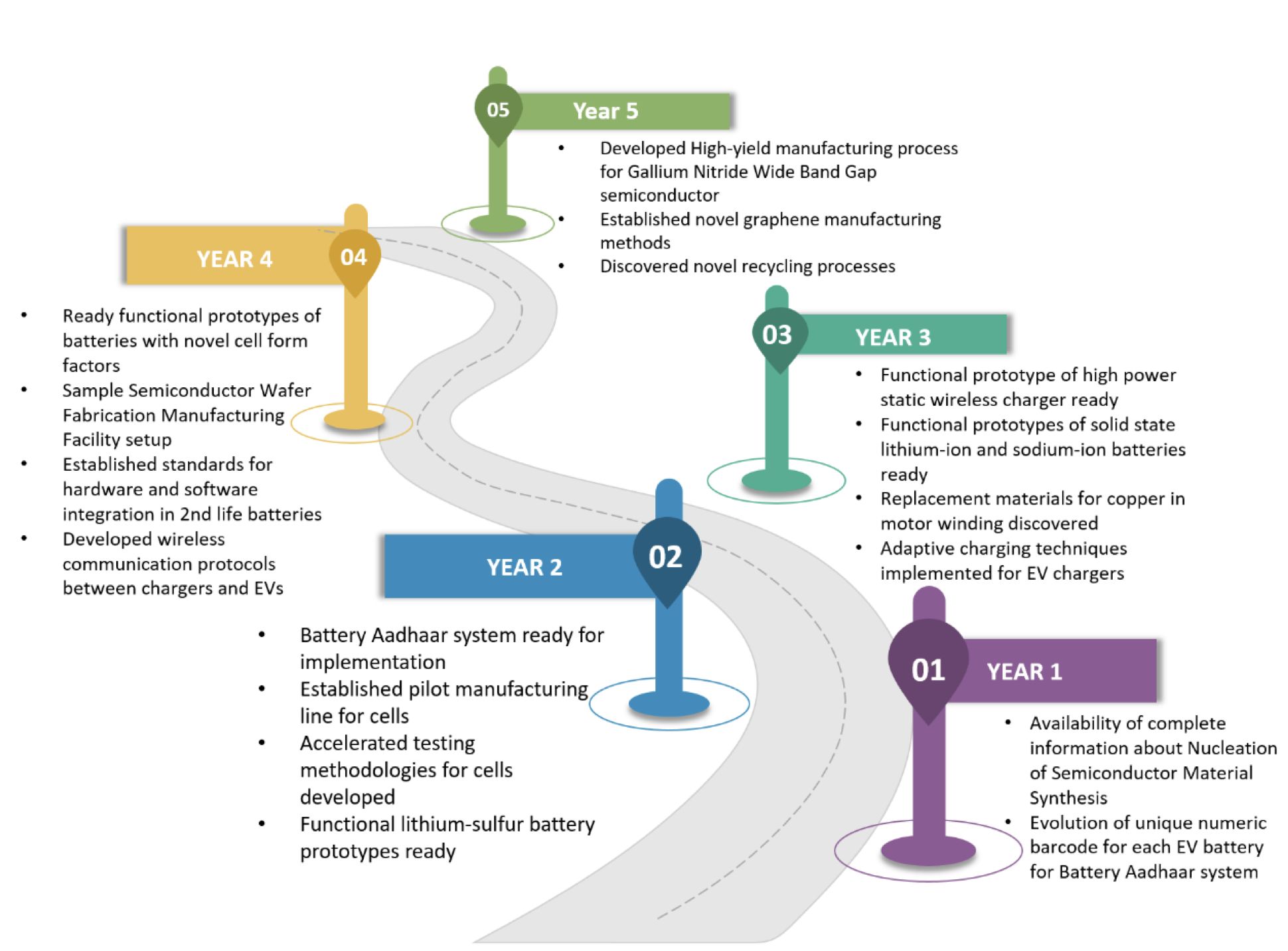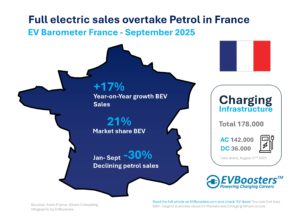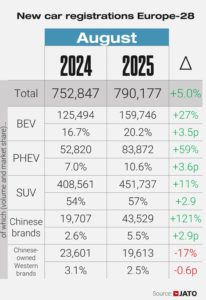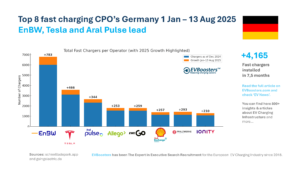The roadmap highlights several critical areas needing focused attention and investment to ensure India remains competitive. These areas include the fundamental science behind manufacturing advanced materials, developing new storage chemistries, and enhancing production engineering of high-tech components. Currently, these fields have seen limited action both domestically and internationally, making them high-stakes but potentially highly rewarding areas of research and development.
Fundamental Science and Materials Development
A key focus is the fundamental science behind creating advanced materials like Graphene. Known for its extraordinary properties, Graphene could revolutionize the e-Mobility sector. However, developing this material involves significant risks and investments. Successful innovation here could lead to groundbreaking advancements, placing India at the forefront of e-Mobility technology.
The roadmap also emphasises the development of new storage chemistries. As the demand for efficient and sustainable energy storage solutions grows, pioneering research in this area could bring substantial benefits. This includes enhancing battery performance, safety, cost-effectiveness, and environmental impact.
Production Engineering and High-Tech Components
The roadmap addresses the need for advanced production engineering of high-tech components. This includes developing wide band gap devices, fuel cell membranes, and cell separators. While these technologies have seen success internationally, India has yet to fully leverage their potential. Investing in the production engineering of these components can reduce dependency on imports and strengthen domestic manufacturing capabilities.
Strategic Implementation for Global Competitiveness
To achieve these goals, the roadmap outlines projects across four critical streams in e-Mobility R&D: Energy Storage Cells, EV Aggregates, Materials & Recycling, and Charging & Refueling. Each stream targets a different part of the e-Mobility value chain, ensuring a comprehensive and integrated approach.
The roadmap calls for new administrative mechanisms, schemes, and review methods tailored to the Indian context. It suggests public funding for high-risk phases, with increased industry involvement as projects move from proof of concept to pilot and industrialisation stages.
Projected Milestones
Over the next five years, the roadmap sets several milestones. In the first year, efforts will focus on developing a complete information system for semiconductor material synthesis and establishing the Battery Aadhaar system for EV battery identification. By the second year, the goal is to produce functional lithium-sulfur battery prototypes and develop accelerated testing methods for cells.
In the following years, the roadmap targets developing high-power static wireless chargers, solid-state lithium-ion and sodium-ion battery prototypes, and standards for hardware and software integration in second-life batteries. By the fifth year, the aim is to establish high-yield manufacturing processes for Gallium Nitride wide band gap semiconductors, novel graphene manufacturing methods, and innovative recycling processes.
Conclusion
This roadmap, supported by strategic investments and targeted research projects, positions India to become a leader in the global e-Mobility sector. By focusing on high-risk, high-reward areas, the roadmap aims to reduce dependency on imports, foster innovation, and create a robust value and supply chain for e-Mobility in India. As the nation embarks on this ambitious journey, the collaborative efforts of government, industry, and academia will be crucial in achieving these bold targets and ensuring a sustainable, technologically advanced future for Indian mobility.
The successful implementation of this roadmap will not only push India to the forefront of global e-Mobility but also ensure the nation’s energy independence and sustainability. With continued commitment and collaboration, India is poised to make significant strides in electric mobility, paving the way for a greener and more innovative future.
Source: Principal Scientific Adviser India







